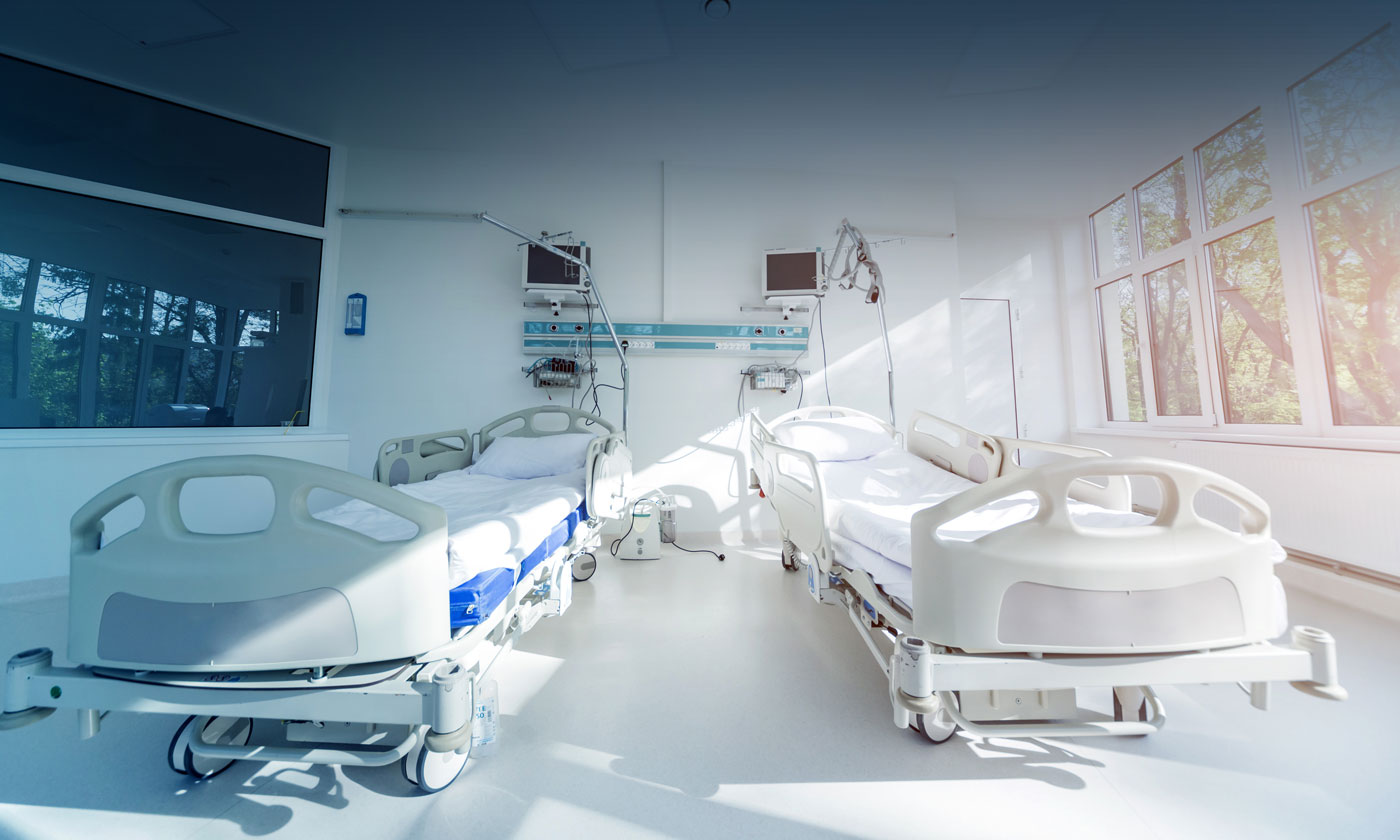Hospitals beds during the COVID-19 pandemic
High-quality infection control and bed sterilization properties
There is a great need to provide more hospital beds in order to meet the growing need and raise hospital capacity given the significant increase of COVID-19 patients around the world and their need to stay in hospitals or ICUs, and with the efforts of governments to equip a greater number of hospitals designated to receive this category of patients.
The production companies of medical beds have shown a great response in dealing with the global health crisis, so they have worked hard since the beginning of the COVID-19 pandemic to increase production capacity in line with the occupational health and safety as there are state-of-the-art models of hospital beds that provide the necessary and effective comfort and protection in response to emergencies and increase the ability of hospitals to treat patients suffering from the virus. Therefore, companies produced thousands of beds, which contributed to boosting the market’s growth.
The companies producing hospital beds have been very responsive to introducing modern solutions to meet these challenges and help enhance the health of patients and the medical team. They also activated the mechanism for cleaning and sterilizing the bed through “automated reprocessing”, to ensure a smooth transition from one patient to another and make the bed clean and available again after disinfection and sterilization.
Equipping hospitals with the appropriate medical supplies to fight against the COVID-19 has opened new horizons in the hospital bed market in order to meet the unique requirements in understanding hospital beds industry in multiple ways, according to research conducted on the hospital bed market, especially in light of the trend towards increasing hospital capacity by increasing the number of hospital beds and equipping them with specifications that comply with dealing with COVID-19 patients. This urged the manufacturers of hospital beds to meet this growing demand and introduce new specifications to the beds in a way that ensures the safety of the patient and healthcare providers alike. These companies did not hesitate to produce beds capable of fighting germs and viruses by providing hygiene features with international standards to reduce the spread of infection in the hospital wards.
Beds and infection control
Infection control is an important part of the culture in all hospitals, and environmental cleaning and disinfection is a key component of a comprehensive plan. Rigorous cleaning methods are required to ensure that rooms and equipment are safe for patients. The hygiene that can be relied upon in a hospital bed plays a fundamental role in reducing the spread of infection; this was introduced in the bed designs in terms of comprehensive cleaning, sterilization and disinfection, either manually or by optional automatic washing.
The production companies provide beds with high-quality specifications and features in terms of infection control and sterilization, to ensure that dirt does not accumulate or remain on surfaces. With the “push of a button” that the patient finds on the control panel near him on the bed, he can operate it to perform automatic washing to clean and sterilize the bed with the possibility of providing special protection from moisture. This mechanism provides a powerful weapon against insects, bacteria and viruses that can settle on the bed, in the mattress, or even on the sides of the bed. The automatic sterilization system also extends to the mattress.
In this context, it is necessary to emphasize the importance of the hospital bed’s role in providing the necessary protection from viruses, especially in light of reducing the length of hospital stay, and thus the increasing number of patients who use the same bed.
Perhaps the spread of the novel coronavirus and the great challenges it imposed in terms of sterilization and infection control highlighted the importance of bed cleaning and automatic washing in order to ensure that they can be used again faster and are highly safe.
Smart Beds
The advanced technology has greatly affected hospital beds, which contributed to raising their efficiency and improving the level of services in them, thus reducing medical errors.
Healthcare providers also benefit from smart beds as they are relieved from the trouble of changing the patient’s position every now and then, which helps them reduce the risk of injuries they are exposed to because the bed technology keeps the patient in optimal positions while moving the bed.
There are also sensitive sensor chips that monitor the patient’s vital functions while he is in bed such as heart rate, temperature, breathing, etc. The medical staff in the supervising physician’s room receives the patient’s information via a private computer with full clarification of the data and alerts in the event of a sudden deterioration of the condition, such as the incidence of a stroke or heart attack, and other emergencies that require immediate medical intervention. Smart beds also can determine if the bed is vacant, or if the patient is trying to get up. It may also adjust itself to ensure proper tension and support for the patient.















